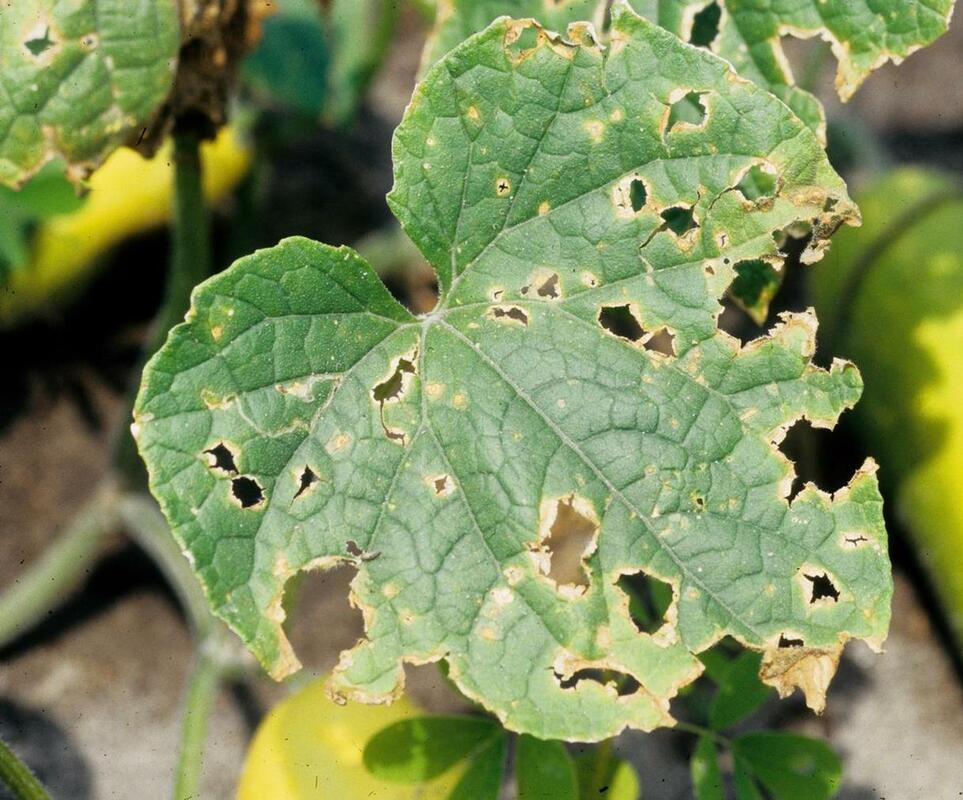Cucumbers are a beloved addition to many gardens due to their refreshing taste and relatively easy growth. However, like all plants, they are susceptible to certain ailments. If left unchecked, cucumber diseases and pests can significantly reduce the quality and yield of your cucumber plants. Understanding these issues is the first step towards a bountiful harvest.
Gardeners often face challenges when it comes to maintaining the health of their cucumber plants. But with knowledge and the right approach, tackling the 5 common issues that cucumbers face can be both manageable and rewarding. Let’s dive into the specifics and help ensure that your cucumbers grow healthy and strong.
What Are the Most Common Diseases Affecting Cucumbers?
Cucumber diseases can be classified mainly as fungal, bacterial, or viral. Fungal diseases like powdery mildew, downy mildew, and anthracnose are prevalent, with symptoms ranging from white powdery spots on leaves to dark, water-soaked areas. Bacterial wilt, spread by cucumber beetles, causes plants to suddenly wilt and die, while viral diseases like mosaic virus lead to distorted leaves and stunted growth. Early identification and treatment are crucial for saving your plants.
For gardeners, it’s important to recognize these signs early. Look for yellowing leaves, lesions, or unusual growth patterns, which could indicate an infection. Regular monitoring and prompt action can prevent the diseases from spreading to healthy parts of the plant or to other plants in your garden.
When dealing with these diseases, removing and destroying affected plant parts is often the first step. This helps prevent the spread of spores or bacteria. Fungicides can be effective for fungal diseases, but they must be applied as soon as symptoms are noticed.
Moreover, practicing crop rotation and improving air circulation around your plants can reduce the risk of infection. Choosing disease-resistant varieties is also a worthwhile preventative measure.
How To Identify Cucumber Pests And Their Symptoms?
Pests are another major concern for cucumber plants. Common culprits include cucumber beetles, spider mites, and aphids. These pests not only damage the foliage and fruit but can also transmit diseases. Cucumber beetles are small, yellowish-green insects with black stripes or spots, while spider mites are tiny and often identified by the fine webbing they leave on the undersides of leaves.
Aphids, which come in various colors, tend to cluster on the new growth and undersides of leaves, excreting a sticky substance called honeydew. This can lead to sooty mold growth, which further harms the plant. Identifying these pests early is essential for preventing serious damage.
To manage these pests, you can use insecticidal soaps or oils, introduce beneficial insects like ladybugs, or in severe cases, resort to chemical pesticides. However, using chemicals should always be a last resort and applied carefully to avoid harming beneficial pollinators.
What Preventative Measures Can Be Taken Against Cucumber Diseases?
Prevention is key when it comes to cucumber diseases and pests. By employing a few simple strategies, you can greatly reduce the risk of your cucumbers encountering these common issues.

- Start with healthy, disease-resistant varieties to give your plants the best chance of survival.
- Ensure proper spacing to enhance air circulation, which helps keep the foliage dry and less hospitable to fungal pathogens.
- Practice crop rotation to prevent the depletion of nutrients and the build-up of disease organisms in the soil.
- Keep your garden clean by removing any plant debris, which can harbor pathogens and pests.
- Water at the base of the plants early in the day to avoid excess moisture on the leaves, which can lead to fungal growth.
Implementing these strategies can help you avoid many of the issues that commonly plague cucumber plants.
How To Treat Powdery Mildew On Cucumbers Effectively?
Powdery mildew is perhaps one of the most recognizable diseases to befall cucumbers, marked by a distinct white powdery substance on the leaves and stems. To treat powdery mildew, you must act quickly.
The first step is to remove affected plant parts to prevent the spread. Following this, applications of fungicides containing sulfur, neem oil, or baking soda solutions can be effective. These should be applied as per the instructions and repeated at recommended intervals.
Additionally, improving air circulation and reducing humidity can help prevent the disease from taking hold. Natural sunlight is also a deterrent to powdery mildew, so ensure your cucumbers get plenty of it.
What Are the Best Practices For Cucumber Pest Control?
For effective cucumber pest control, it’s essential to combine cultural, mechanical, and, if necessary, chemical methods. Regular monitoring is the first step, as it allows for early detection and intervention.
Cultural practices include choosing pest-resistant varieties and maintaining healthy soil with proper nutrition. Mechanical controls may involve hand-picking pests, using barriers like row covers, or employing traps.
When considering chemical controls, organic options such as diatomaceous earth, neem oil, or insecticidal soap should be preferred. These are less harmful to the environment and beneficial insects.
Incorporate integrated pest management (IPM) principles, which involve using a combination of methods to control pests in an environmentally and economically sound way.

How To Ensure Healthy Cucumber Growth In Your Garden?
Growing cucumbers successfully comes down to providing the right conditions and being vigilant. This includes providing full sun, consistent moisture, and regular feeding with a balanced fertilizer. Using trellises or other supports can help keep the fruits straight and prevent rotting from contact with the soil.
Regularly check your plants for signs of pests or disease and take immediate action if any are found. A healthy cucumber plant is better able to resist pests and diseases, so keep them thriving with proper care.
Frequently Asked Questions About Cucumber Issues
What Are the Signs of Cucumber Plant Diseases?
Signs of diseases include yellowing of leaves, spots, streaks, and wilting. Fungal diseases typically manifest as mold or mildew, while viral infections can cause mottled or distorted leaves.
Being familiar with these signs enables gardeners to act swiftly, which is vital for the health of the plant.
How Can I Prevent Pests From Attacking My Cucumbers?
Preventing pests begins with sanitation and cultural practices such as crop rotation and choosing resistant varieties. Using physical barriers like row covers can also keep pests at bay.
Encouraging beneficial insects that prey on harmful pests is another effective, organic approach to pest control.
What Treatments Are Available for Common Cucumber Diseases?
Depending on the disease, treatments range from organic sprays like neem oil to targeted fungicides and bactericides. Always follow the manufacturer’s guidelines when using any treatment.
Removing infected plant parts and improving air circulation are also key components of treating cucumber diseases.

How Often Should I Check My Cucumber Plants for Pests?
It’s advisable to inspect your cucumber plants at least once a week. Look for signs of damage, such as holes in the leaves or the presence of insects and their larvae.
Frequent monitoring allows you to catch infestations early and take prompt action to mitigate damage.
What Are the Best Cucumber Varieties Resistant to Diseases?
Many hybrids have been bred for disease resistance. Varieties like ‘Dasher II’, ‘Marketmore’, and ‘Salad Bush’ are known for their resistance to common cucumber diseases.
Choosing the right variety can greatly reduce your disease management efforts.
To learn more about combating cucumber pests and diseases, check out this informative video:
In conclusion, by understanding the common issues cucumbers face and how to tackle them, gardeners can improve their chances of a successful harvest. Remember, prevention is always better than cure, so apply these tips and keep a close eye on your cucumber plants throughout the growing season.
 Why is my crepe myrtle not blooming? 5 common reasons and solutions
Why is my crepe myrtle not blooming? 5 common reasons and solutions
